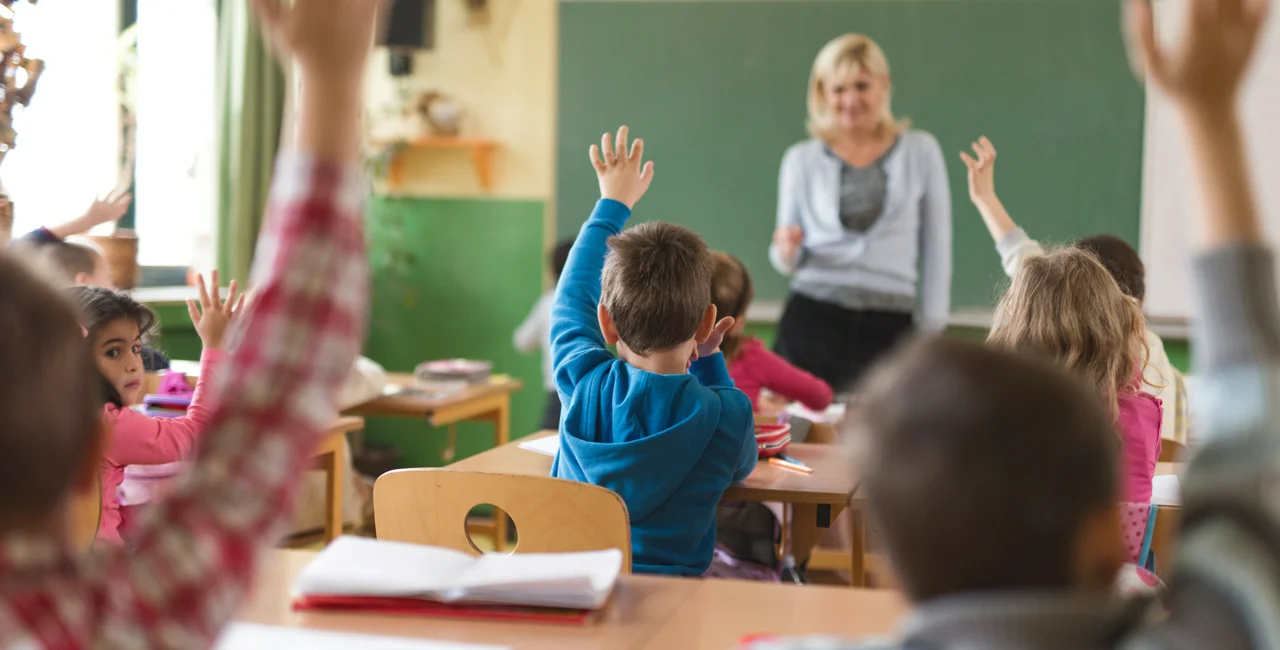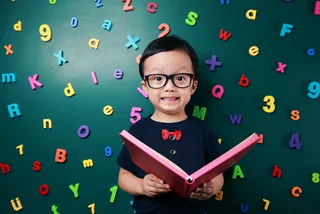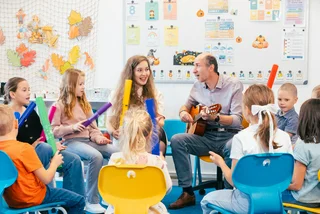Pupils in primary schools increased by about one-fifth over the last 10 years, and in the past year almost reached 965,000. The share of foreigners in schools has also been increasing, according to the Czech Statistical Office (ČSÚ).
The largest group of foreign pupils were Ukrainians, even before the start of the wave of refugees from Russia-attacked Ukraine. The statistics do not yet include refugees from Ukraine who have come to Czech schools since spring.
From September 2011 to September 2021, the share of pupils with foreign nationality grew in kindergartens from 1.4 percent to 3.4 percent, in primary schools from 1.8 percent to 3.2 percent, and in secondary schools from 1.8 percent to 2.3 percent, according to the ČSÚ.
In all three types of schools, a substantial part of the foreigners, some three-quarters to four-fifths, were Ukrainians, Vietnamese, Slovaks, and Russians, with the majority being Ukrainians.
"In the last 10 years, the number of pupils from Ukraine has been growing in schools in the Czech Republic. It almost tripled in kindergarten and primary schools and increased by more than 45 percent in secondary schools," Vendula Kašparová from the ČSÚ Department of Development Statistics said.
"Due to the war in Ukraine, a further increase in the number of Ukrainian pupils can be expected," Kašparová added.
In the 2021–22 school year, over 360,000 children, counting both Czechs and foreigners, were enrolled in kindergartens in the Czech Republic, almost 3,000 more than the previous year. While the number and share of children under the age of three in kindergartens has been decreasing over the past four years, the share of children who reached 6 years of age or older before the start of the school year exceeded 6 percent after 10 years and grew from 5.9 percent to 6.3 percent year-on-year.
"In the past school year, the highest number of pupils in the last 17 years attended elementary schools in the Czech Republic. In September 2021, there were almost 965,000 enrolled in primary schools, which is 21.4 percent more than 10 years ago," ČSÚ chairman Marek Rojíček said.
In the 2005–06 school year, 916,600 children went to school. After 2005, fewer and fewer children entered school, and since 2010 it started to increase again. There were the fewest pupils in the 2009–10 school year, at 789,500.
In the last four years, however, the number of pupils in the first five grades (Czech first stage of education) has been decreasing, and the overall status of primary school pupils has been increasing due to the increase in the number of pupils in the next four grades (Czech second stage).
The number of children entering elementary school after a one-year postponement of compulsory attendance also continued to grow. Of the pupils newly admitted to the first year of primary school, pupils seven years old and older made up almost a quarter in September 2021, while in September 2015 their share was one-fifth.
In the past two years, measures against the Covid epidemic could also have had an effect on the increase in the number of postponements. "This could be reflected in the fact that many parents were worried about what the 2021/2022 school year will look like. Whether there will be school closures and whether the first grades will not struggle with distance learning," Kašparová said.
Some 8,200 primary school pupils repeated the grade. This is the highest number in the last decade. On the contrary, in the previous school year, there were over 3,000 such pupils, which is related to pandemic measures.
From the 2011–12 school year to the 2018–19 school year, the number of secondary school students continuously decreased, from half a million students to 421,000. After that, it started to increase up to 446,000 pupils in the last school year. The proportion of secondary school pupils attending gymnasium recorded the opposite development.












 Reading time: 3 minutes
Reading time: 3 minutes 
































